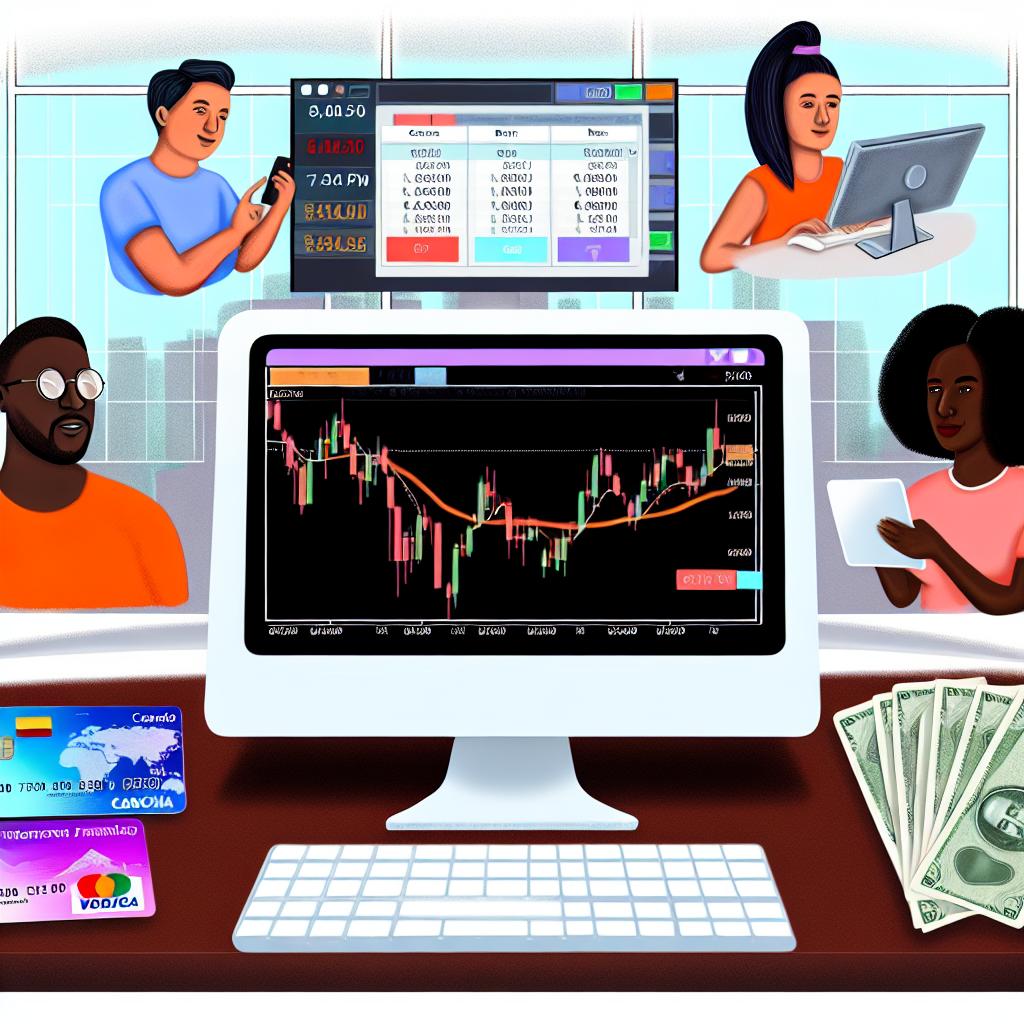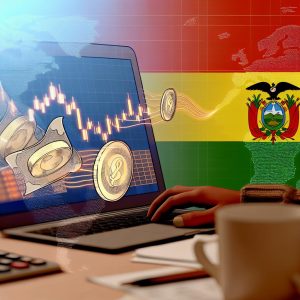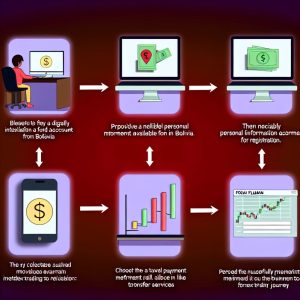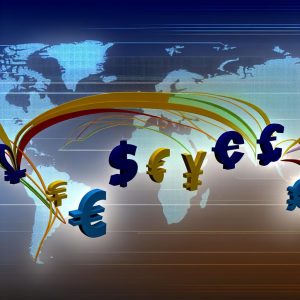Payment Methods for Forex Trading in Bolivia
Overview of Forex Trading in Bolivia




Forex trading, or foreign exchange trading, involves the buying and selling of currencies. It is a global decentralized market for the trading of currencies, which determines foreign exchange rates for every currency. Currencies are traded in pairs, where one currency is exchanged for another. In Bolivia, as in many other countries, the forex market has gained popularity due to its potential for significant profit and the global nature of currencies involved, where traders capitalize on fluctuations in exchange rates. However, participating in this market requires an understanding not just of trading strategies but also of the various payment methods available for funding accounts and withdrawing profits.
Payment Methods Available
The payment options for forex trading in Bolivia are influenced by several factors such as regulatory circumstances and the country’s financial infrastructure. Traders need reliable methods to deposit funds into their forex accounts and withdraw any profits earned. Here, we provide insights into some of the common payment methods that traders in Bolivia might consider.
Bank Transfers
Bank transfers remain a widely used method for forex transactions due to their inherent security and reliability. Traders can transfer funds directly from their bank accounts to their trading platform’s account. Despite being slower compared to some digital payment options, bank transfers offer a higher level of trust and security, which is essential for many traders who prioritize the safekeeping of their funds. The process involves initiating a transfer request, which is then approved and processed by the trader’s banking institution. This method might take a couple of days to finalize, particularly when international banks are involved. However, its credibility makes it a favored option.
Credit and Debit Cards
Another popular and convenient method for funding forex accounts is through credit and debit cards. Most brokerage platforms readily accept major card providers such as Visa and Mastercard. Deposits made using cards are usually processed quickly, allowing traders to react promptly to market changes. This speed is invaluable, especially in a volatile market where timely decisions can significantly impact trading outcomes. Nevertheless, traders need to be cautious of potential fees and limits associated with card transactions. These could include cash advance fees, foreign transaction fees, or processing costs imposed by either the card provider or the brokerage.
Electronic Wallets
Electronic wallets, commonly known as e-wallets, offer another alternative to traditional banking methods. Services such as Skrill and Neteller are frequently used by many forex brokers. E-wallets facilitate rapid transactions, often occurring instantaneously, and provide an added layer of detachment from one’s bank account, which can enhance privacy and financial control. Traders must verify the availability and terms of these services concerning their broker to ensure convenient usage and compatibility. Additionally, e-wallets might offer competitive exchange rates and lower fees, making them a cost-effective solution for frequent traders.
Local Payment Solutions
Local payment solutions may also be available, depending on the broker and financial service provider’s network. These solutions can include local bank integrations or payment services that cater specifically to the Bolivian market. Using a locally tailored solution might offer better processing times and lower fees compared to international methods. For instance, such methods might streamline the transfer process, eliminating the need for currency conversion and reducing related costs. Traders can also benefit from enhanced customer support services tailored to local customs and banking procedures.
Considerations When Choosing a Payment Method
Selecting an appropriate payment method for forex trading is crucial and hinges on several important factors. Choosing the right method can optimize trading efficiency and secure the management of funds.
Security
Security should be the foremost concern when dealing with forex transactions. Ensure that the payment method you select offers robust security measures to protect your funds from potential fraud. This might include encryption technologies, two-factor authentication, and secure user authentication processes. Strong security protocols are imperative to safeguard both personal data and financial information.
Transaction Speed
The transaction speed is an important consideration, as it can influence trading decisions, especially when swift market actions are required. Methods with faster transaction times might be more beneficial in a volatile market, enabling traders to act on opportunities without delay. Quick deposits and withdrawals ensure that traders can maintain liquidity and have access to their funds when needed urgently.
Cost
The costs associated with different payment methods, including transaction fees and currency conversion charges, should be carefully evaluated. Over time, these costs can accumulate and significantly affect the overall profitability of trading activities. Traders should compare costs across different methods and choose options that align with their trading frequency and financial objectives. Opting for a cost-effective solution without compromising on security or transaction speed is ideal.
Conclusion
Understanding and carefully selecting the right payment method is a crucial aspect of successfully engaging in forex trading. Bolivian traders should weigh options such as bank transfers, card payments, e-wallets, and local solutions, taking into account their security, speed, and cost. By thoughtfully evaluating these factors, traders can optimize their trading activities and manage their funds more efficiently, which, in turn, facilitates easier and more profitable trading operations. Properly managed transactions support strategic decision-making and help foster sustainable trading practices in the dynamic forex market.
This article was last updated on: May 19, 2025





